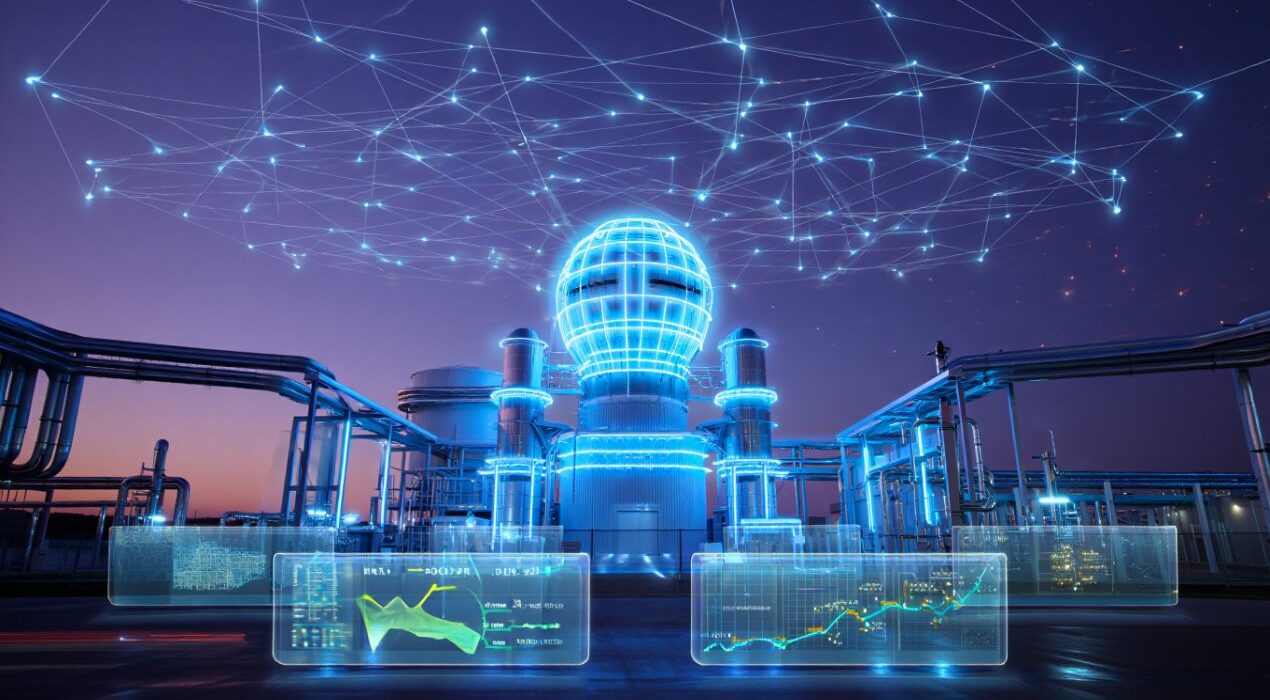Fusion energy is often called the “holy grail” of clean power. Now, a new AI tool from Princeton may push it closer to reality.
Smarter Data, Better Plasma Control
The system, called Diag2Diag, fills in missing plasma data that sensors can’t capture. It uses readings from existing diagnostics to predict what others would show. As a result, it creates synthetic data that is often more detailed than real sensor output.
This matters because the edge of plasma, known as the pedestal, is hard to measure. However, stability there decides how well a fusion system performs. By boosting details without bulky hardware, Diag2Diag helps keep plasma stable, compact, and efficient.
Fusion systems today rely on many diagnostics, which are expensive and complex. Future reactors must be simpler to run 24/7. Therefore, reducing hardware while increasing reliability is crucial.
Diag2Diag does exactly that. It minimizes the need for bulky equipment while lowering costs. In addition, it frees up space inside machines, making reactors more compact and robust.
Wider Impact
The AI also supports theories about how small magnetic changes can stop dangerous plasma disruptions. These findings bring scientists a step closer to stable, commercial fusion energy.
Researchers believe the same approach could help in other fields, from spacecraft to robotic surgery. For example, it can restore failing sensor data and improve safety in critical environments.
This breakthrough is the result of a global collaboration led by Princeton University. Experts agree it is a major leap forward in making fusion energy affordable, reliable, and ready for real-world power grids.
Fusion may still be experimental today. However, with AI like Diag2Diag, the dream of limitless clean energy feels more achievable than ever.






